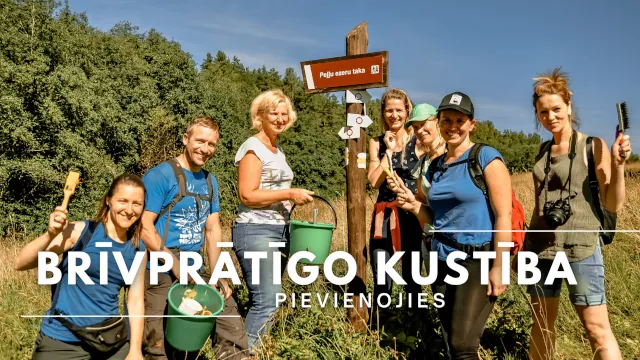Atkarpa 1. Rygos senamiestis - Baltezers.
 Verta pamatyti
Verta pamatyti
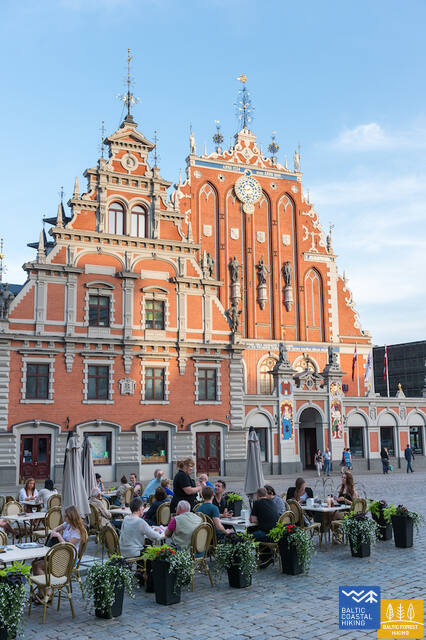
|
Viduramžiais centrinė miesto aikštė iki XIX a. buvo miesto ekonominis ir administracinis centras. Per Antrąjį pasaulinį karą aikštė buvo nuniokota. 2003 m. Rotušė visiškai atnaujinta, kaip ir Juodagalvių namai bei Rolando statula. Šalia 1970 m. pastatytas sovietinių laikų pastatas, kuriame įsikūręs Latvijos okupacijos muziejus. Jo renovacijos metu ekspozicija perkelta adresu Raiņa bulv. 7. |

|
It was built after World War II and contains an 18th century complex of dwelling buildings. |

|
One of the symbols of Riga built in 1924. The most popular meeting place in Riga. |
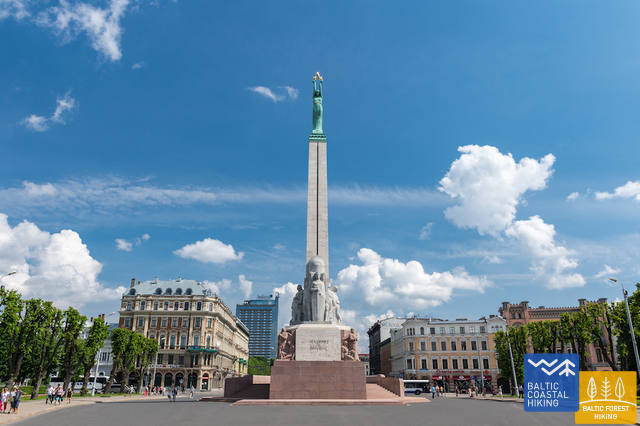
|
A symbol of the freedom of Latvia that was built in 1935 and financed entirely from public donations. Built to honour the fallen Latvian freedom fighters. |
Founded in 1919. Largest University in the Baltic States. |
|
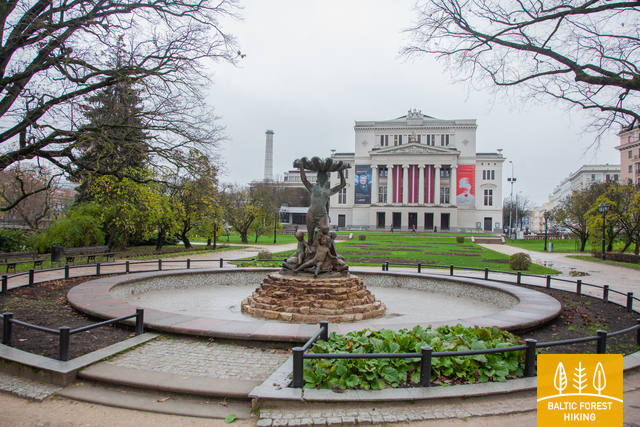
|
Founded in 1863 as a German Theatre. |
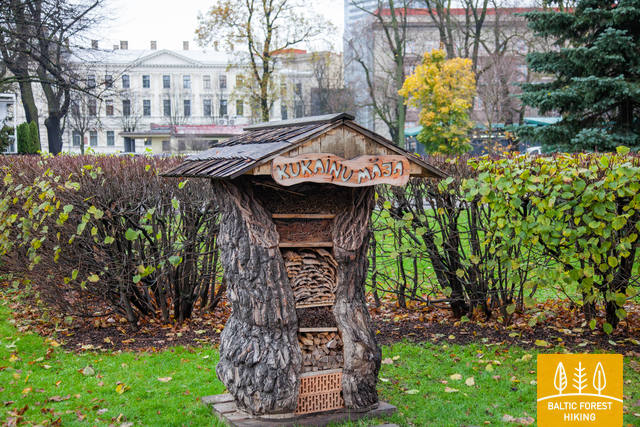
|
One of the oldest and most beautiful parks in Riga centre (as of 1817). Features an insect house. |
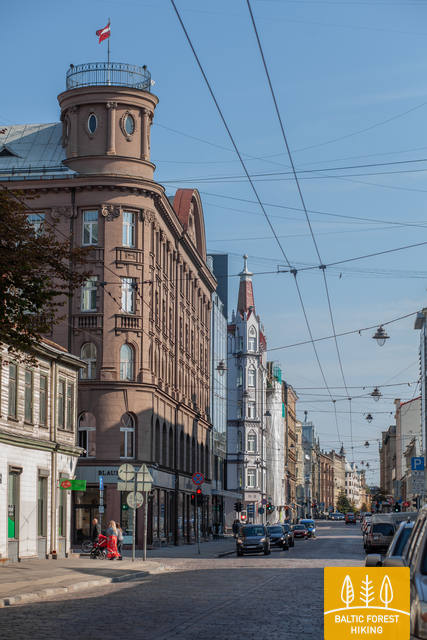
|
Buildings No. 14, 15/17 and 33/35 are gems of Art Nouveau architecture. The so-called Ķeniņi Grammar School on Tērbatas Street 15/17 every Rigan has passed by was designed in 1905 by the most prominent architects of the first independence period Eižens Laube and Konstantīns Pēkšēns. The building is one of the first ones built in the style of national romanticism and a wonderful world-scale model of national Art Nouveau, during the construction of which particular attention was paid to national references and material selection. For example, Atis Ķeniņš had wanted travertine shivers of the Staburags rock to be used for the production of the decorative plates of the facade. The window apertures, however, are made with a beveled side, inspired by the Latvian farmsteads. Continue reading... |

|
Named after the greatest Latvian folklorist and folk song collector. |
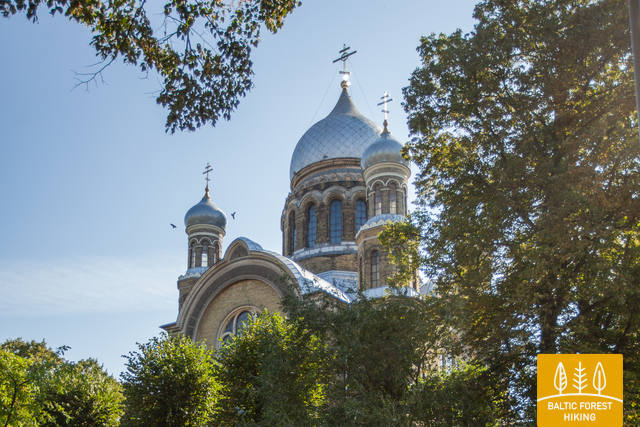
|
One of the most vivid orthodox churches in Latvia. Located next to Sergius Female monastery.
Learn more... |

|
War memorial to The Holocaust victims of World War II and Bākas hill. |
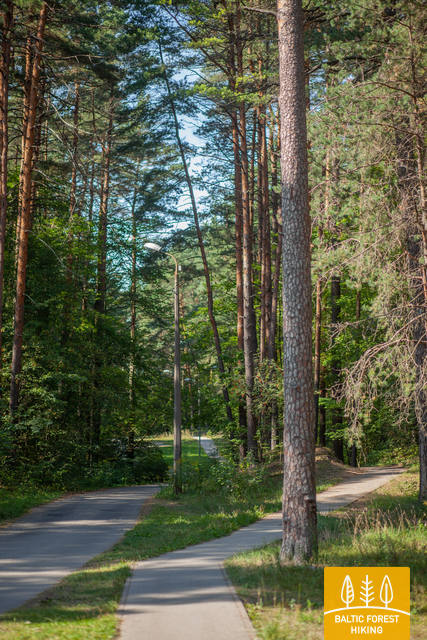
|
The most biologically diverse forest in Riga with 200-year-old pine stands. In Šmerlis Forest, there are large numbers of notable pine trees as well as some exotic trees like a sweet chestnut, walnut tree, and many other noteworthy nature objects. From time to time, natural scientists visit Šmerlis Forest to see and re-measure the notable trees, and it is quite often that they find some pearl of nature there. We have been lucky to explore the forest together with Arnis Bērziņš, who is born in the Railroad-worker Hospital nearby in Biķernieki, and knows Šmerlis and Biķernieki forests like the back of his hand. Continue reading... |
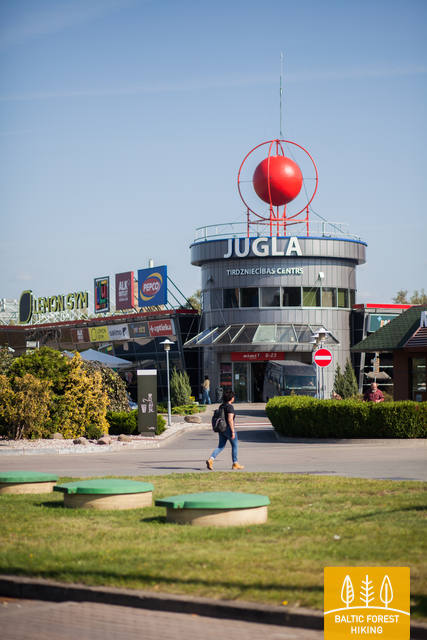
|
The etymology of the name shows a presence of the indigenous people of Riga, the Livs: jok, jog, joig meaning “river” in Livonian language. |

|
A shallow lake with important bird nesting sites. |
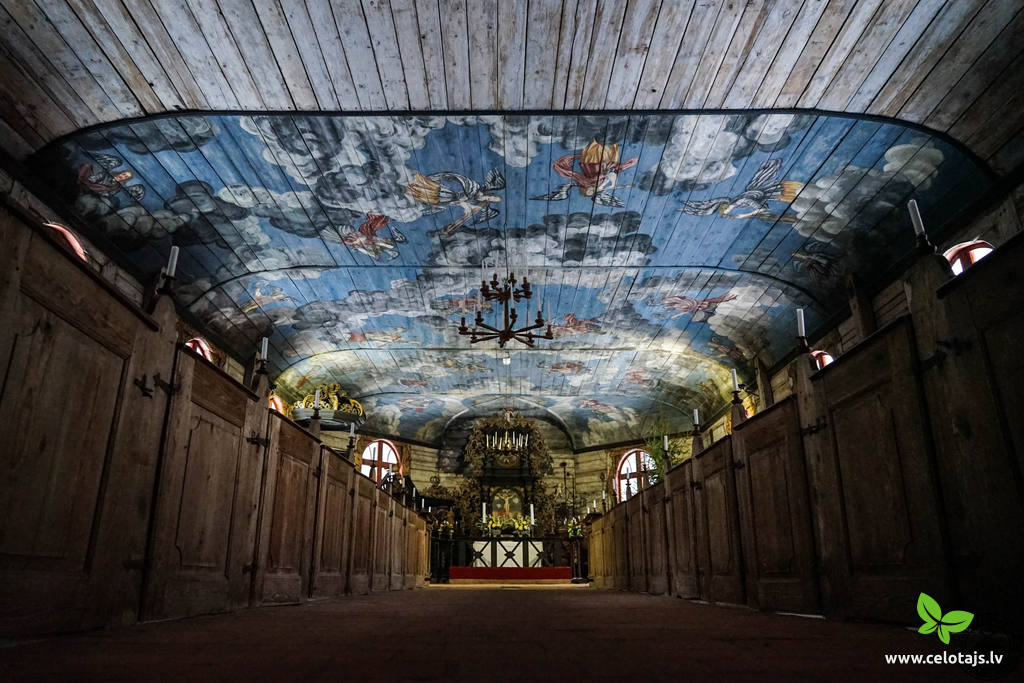
|
One of the oldest open-air museums in Europe. |

|
A settlement place between the Lakes Lielais Baltezers and Mazais Baltezers since late 13th century. The region developed into a private house village in the post-war period. |
The most ancient part of Riga City representing the city center and also a UNESCO site. The most popular tourist destination in Latvia. |











